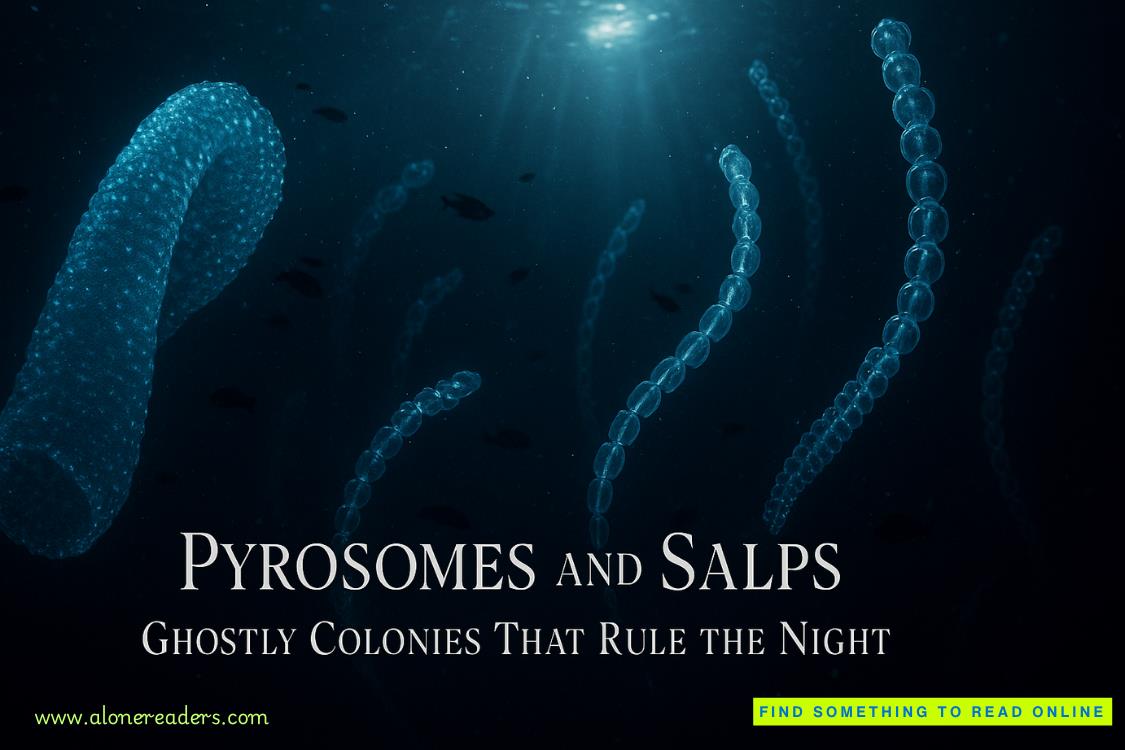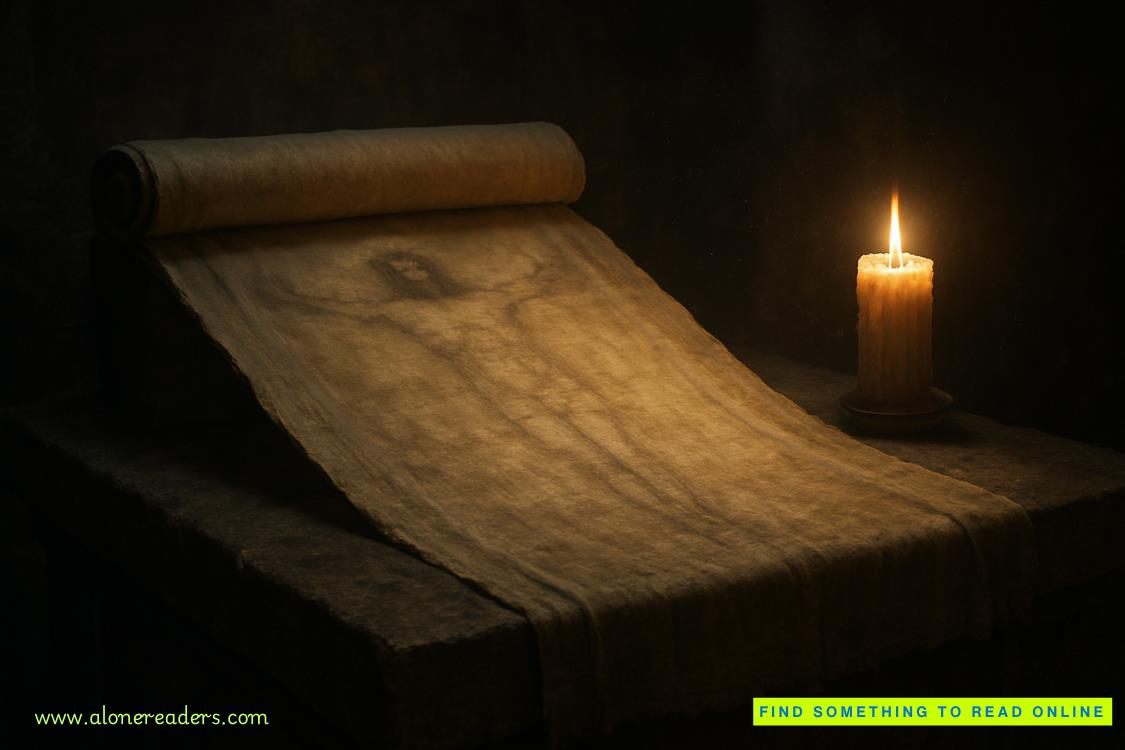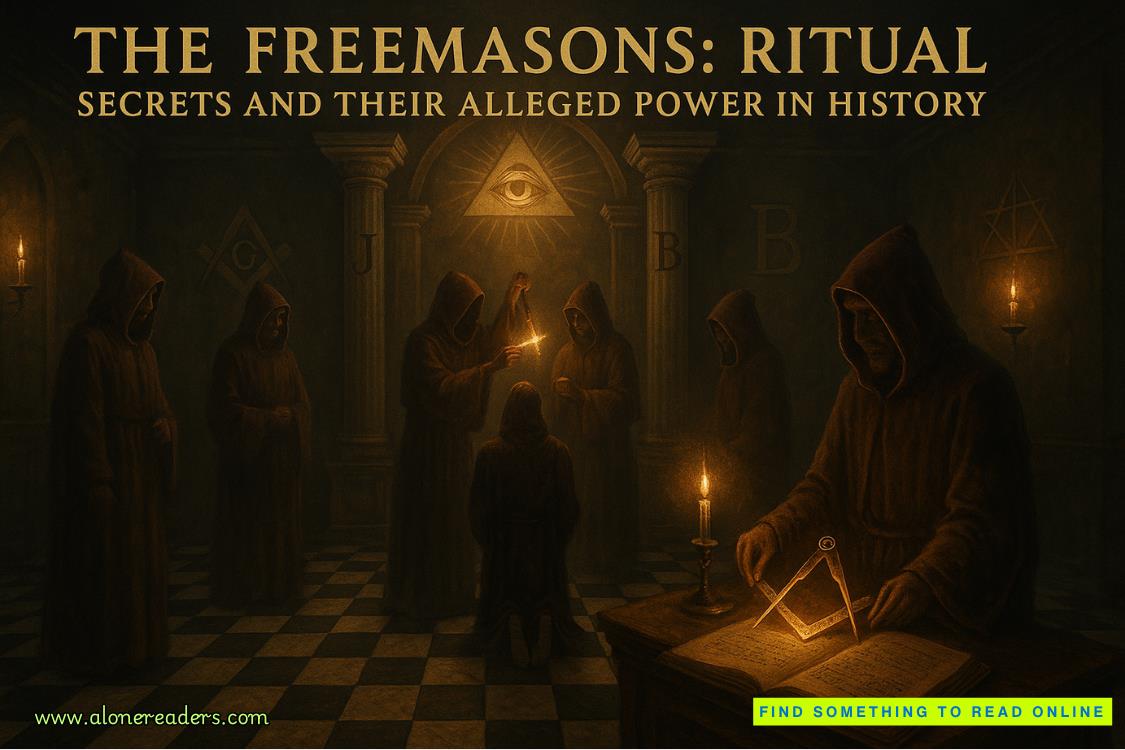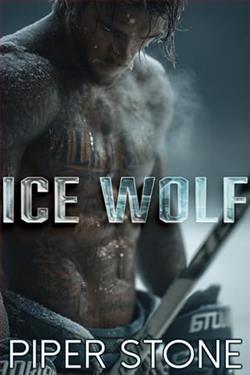Page 62 of The Kill List
The office of the director of Special Forces of the British army is in Albany Barracks, Albany Street, in the elegant residential district of Regent’s Park. A ten-foot-high wall shields the cluster of buildings from the road, and the double gates are sentry guarded and seldom opened to strangers.
The Tracker was in civilian clothes and arrived by cab, which he dismissed. The sentry studied his embassy pass, which gave his army rank, made a phone call and then ushered him through. Another soldier led him into the main building, up two floors and to the office of the DSF at the back.
The two men were around the same age and there were other similarities. Both looked hard and fit. The Britisher was two ranks higher than a lieutenant colonel, and though he was in shirtsleeves, a jacket on a peg in the corner bore the red lapel tabs of the General Staff. Both men had the indefinable air of those who had seen hard combat and rather a lot of it.
Will Chamney had started in the Guards then transferred to the Special Air Service Regiment. He had survived the grueling selection course and spent three years as a troop commander with D Squadron, 16 Troop—the free fallers.
In the regiment, as it is simply called, an officer, or “Rupert,” cannot opt to come back for a second tour; he has to be invited. Chamney went back as a squadron commander just in time to take part in the liberation of Kosovo, and then the Sierra Leone affair.
He was with the SAS team that, with the paras, rescued a group of Irish soldiers captured alive by a mob of limb-chopping rebels at their base
deep in the jungle. The West Side Boyz, as the drug-fueled insurgents called themselves, took over a hundred casualties in under an hour before fading into the bush. On his third tour at SAS base, Hereford, he had commanded the regiment with the rank of colonel.
At the time of the meeting, he controlled the four declared units of Special Forces: the SAS, the Special Boat Service, the Special Forces Support Group and the Special Reconnaissance Regiment.
Due to the extreme flexibility of officer deployments in the Special Forces, he had, between three assignments at Hereford, commanded Air Assault (paratrooper) units in the UK and in Helmand, Afghanistan.
He had heard of the Tracker, knew that he was in town and knew why. Though TOSA was in the lead, destroying the Preacher had long been a joint op. The man had provoked at least four murders on British soil.
“What can I do for you?” he asked after handshakes and the usual greetings.
The Tracker explained at some length. He wanted a favor, and security clearance was not an issue. The DSF listened in silence. When he spoke, he went straight to the core.
“How long have you got?”
“I suspect until dawn tomorrow, and there are three time zones between here and Somalia. It is just past midday there. We take him out tonight or we miss him again, and probably forever.”
“You’re tracking him by drone?”
“As we speak. A Global Hawk is right over him. When he stops, I believe he will overnight. They have twelve hours of darkness down there. Six to six.”
“And a missile is out?”
“Absolutely. Riding with him in his entourage is an Israeli agent. He has to be extracted alive. If he is wasted, the Mossad are going to be displeased. Putting it mildly.”
“Not surprised. And you don’t want to upset that lot. So what do you want from us?”
“Pathfinders.”
General Chamney slowly raised an eyebrow.
“HALO?”
“I figure it’s the only thing that might work. Do you have any Pathfinders presently within that theater?”
Probably the least known or heard-of unit in the British armed forces, the Pathfinders are, with just thirty-six badged operatives, also the smallest. They are drawn mainly from the Parachute Regiment, already rigorously trained, then retrained almost to destruction.
They operate in six teams of six. Even with their support unit, they are no more than sixty, and no one ever sees them. They can operate miles out ahead of the conventional forces—in the 2003 invasion of Iraq, they were sixty miles ahead of the American point units.
When on land, they use stripped-down, strengthened Land Rovers, in desert pink camouflage, called pinkies. A fighting unit is just two pinkies, three men per vehicle. Their specialty is to drop in by parachute, high altitude, low opening, hence HALO.
Or they can enter a war zone by HAHO (high altitude, high opening) deploying the chutes just after leaving the aircraft and flying the canopy mile after mile into enemy territory; silent, invisible, landing like an alighting sparrow.
General Chamney turned a computer screen toward him and tapped for several seconds at the keyboard. Then he studied the screen.
“By chance, we have a unit at Thumrait. Desert familiarization course.”
The Tracker knew of Thumrait, an air base in the desert of Oman. It had figured as a staging post in the 1990/91 first invasion of Saddam Hussein’s Iraq. He did a mental calculation. In a C-130 Hercules, the Special Forces aircraft of choice, about four hours to Djibouti. A huge American air base.















